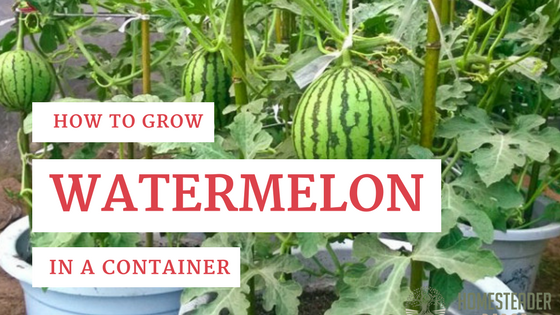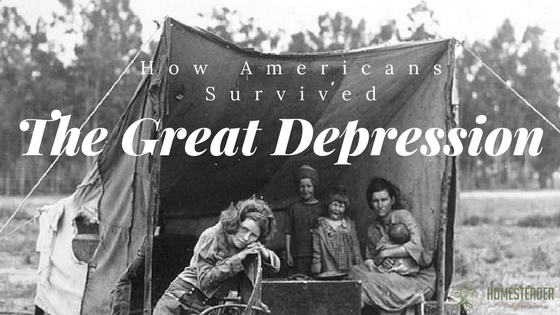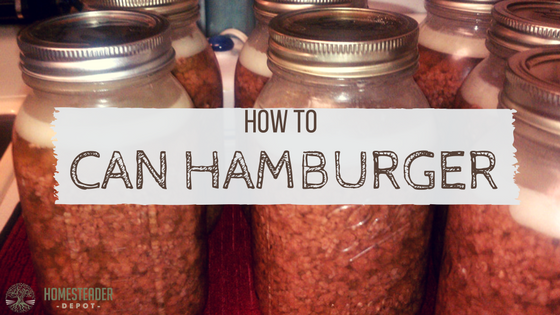5 Ways to Cut Back on Weeds
Weeds are one of the biggest downsides of gardening. Just as soon as you get the whole garden weeded it seems like they’re sprouting up again. It is true that weeds are nearly impossible to fully get rid of, but fortunately, there are ways to stunt them so much they’re barely a problem in your garden. … Read more








